The 5 smartphone brands we would bring back in 2023
These phone brands may be gone, but we wish they weren’t
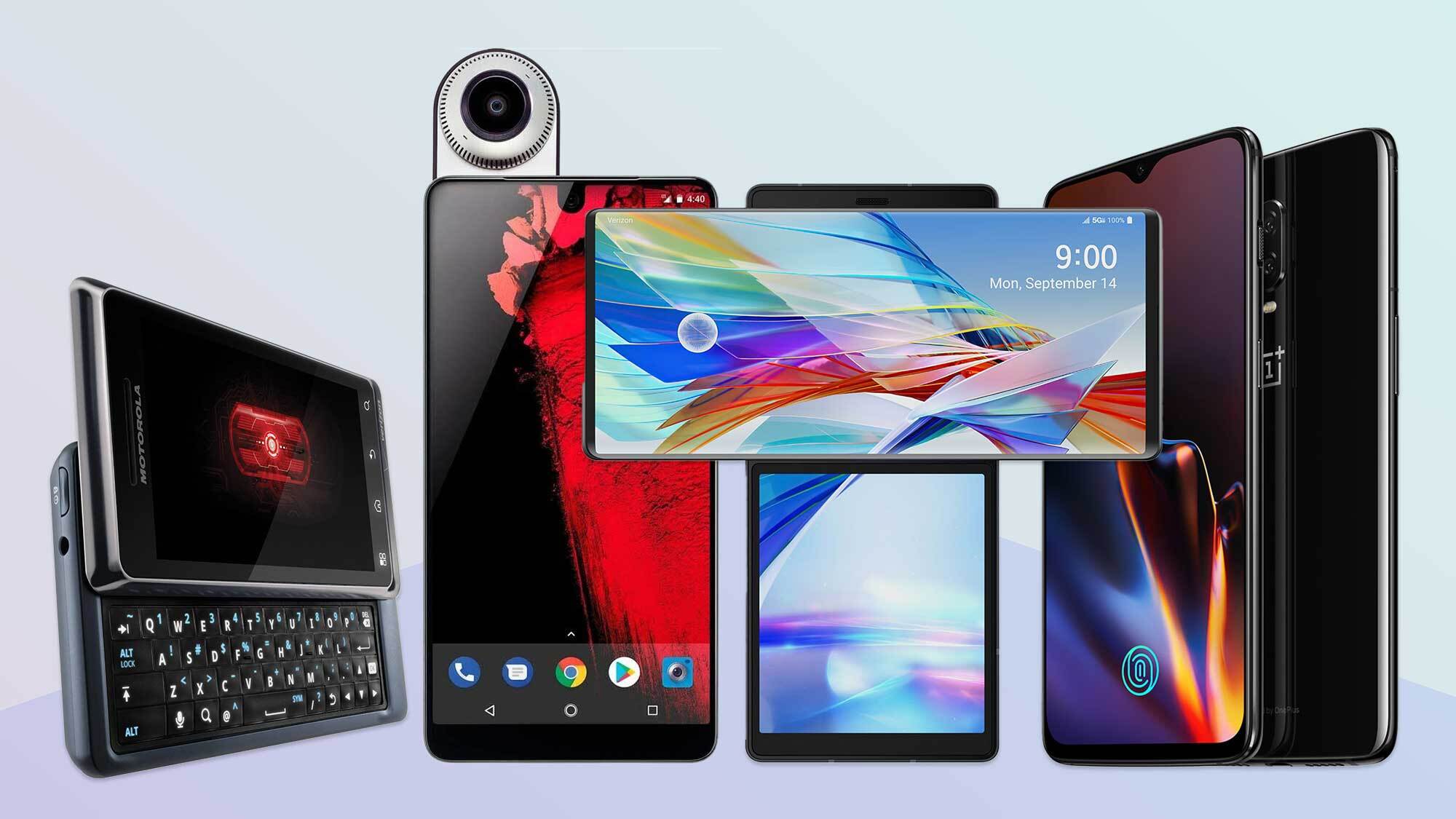
2022 has come to a close and that always means it’s time to reflect on the year gone by. In this reflection, however, the Tom’s Guide staff started to reminisce about smartphone brands that no longer exist.
The market has thinned considerably, dominated by Apple, Samsung, and Xiaomi, leaving the likes of Google, Motorola, and OnePlus to fight for the scraps. The smartphone world has become a lot less interesting, although some might say that foldable phones represent the next big step.
So we took a look back at some of our favorite smartphone brands from years past. Here are our picks for the ones we miss and would love to bring back if we could.
Essential
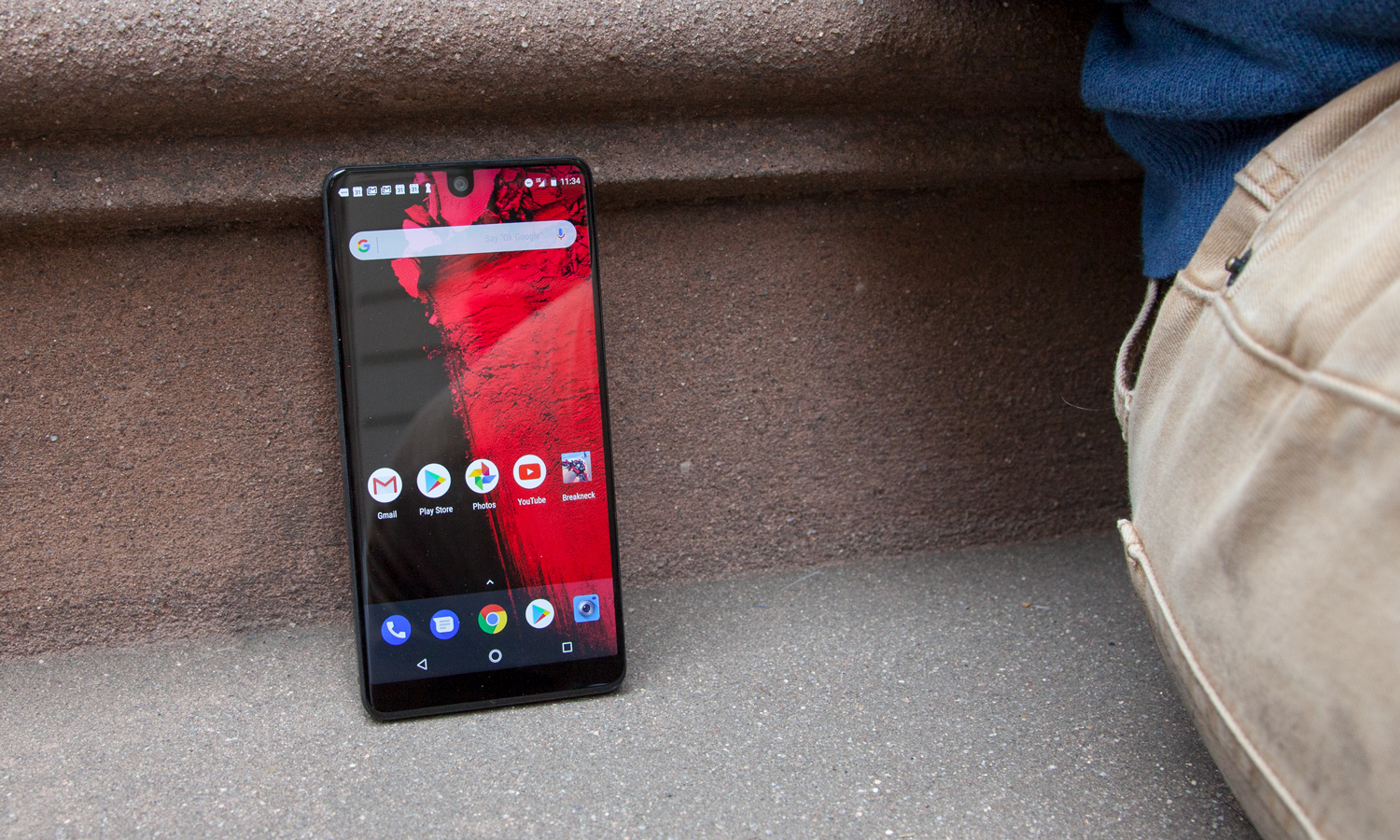
Essential only produced one phone, but among the sea of smartphones released in the last decade or more, the PH-1 has always stood out to me. It was one of the first handsets with a nearly bezel-less look, despite the deep notch cutout for the front-facing camera. It was made of premium materials and had a solid heft, while remaining pocketable.
The company had a lot of ambition that unfortunately amounted to nothing. I don’t think founder Andy Rubin was ready to run a smartphone manufacturing company. We never saw the PH-2, but I will always wish we did. — Jordan Palmer
LG
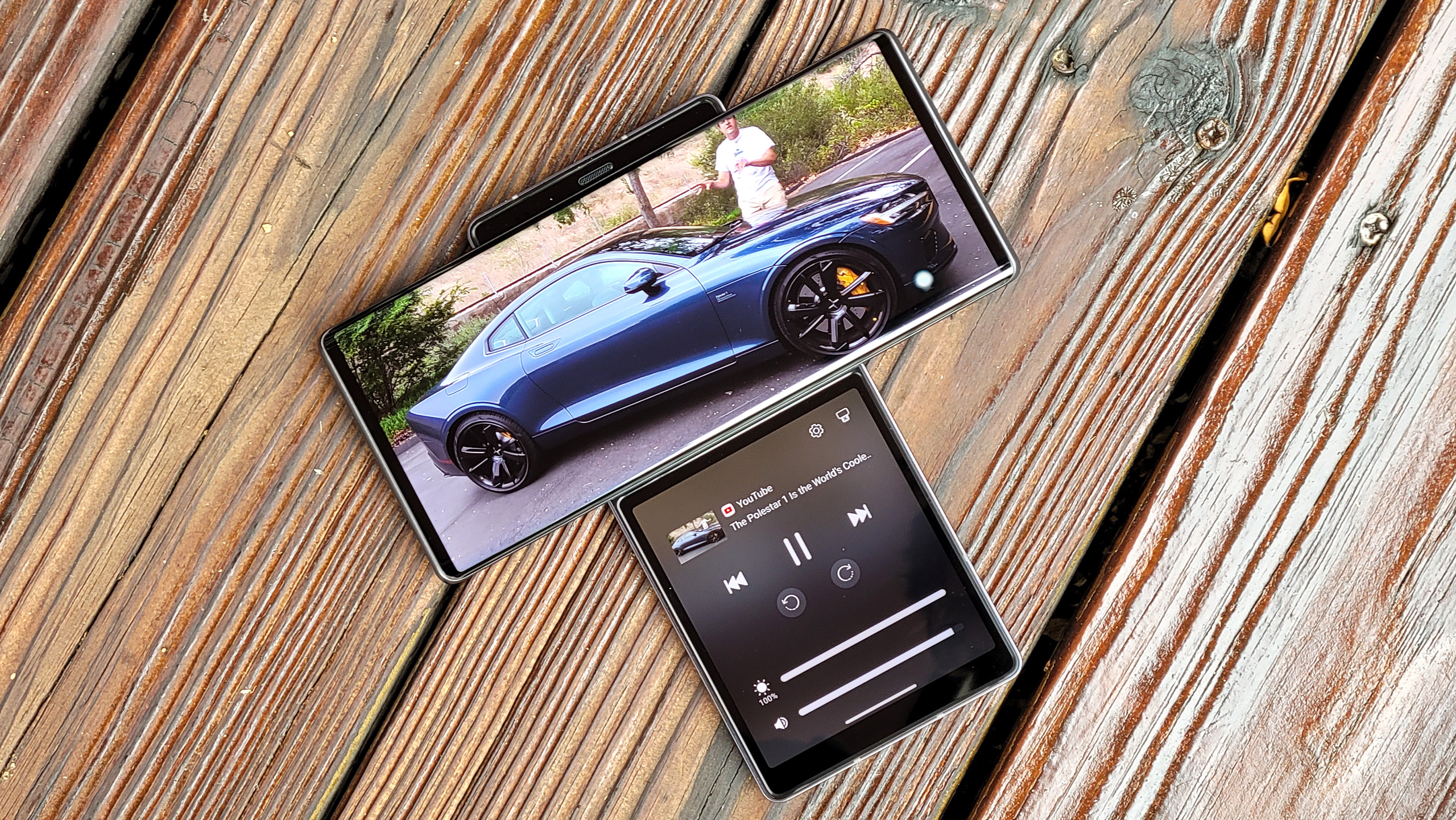
I miss LG every time I skim the rankings for the best foldable phones and see only Samsung’s various models staring back at me. Devices like the LG Wing and LG G8X ThinQ could more accurately be described as dual-screen phones as opposed to foldables, but they came from a company that was clearly looking for ways to offer expanded screen real estate using unconventional designs. Given LG’s display expertise, you had a feeling the company might have settled upon a winning formula for dual-screen and foldable phones if it only stuck with things.
Alas, that didn’t happen, as LG got out of the phone business in 2021. The timing was unfortunate, since both its dual-screen devices and more conventional phones like the LG Velvet underlined LG’s ambitions to not just churn out forgettable handsets. The company was also on the cusp of unveiling an LG rollable phone before pulling the plug. The finished products may have been a mixed bag in terms of features and value, but you would never accuse LG of being boring. — Philip Michaels
Sign up to get the BEST of Tom's Guide direct to your inbox.
Get instant access to breaking news, the hottest reviews, great deals and helpful tips.
HTC
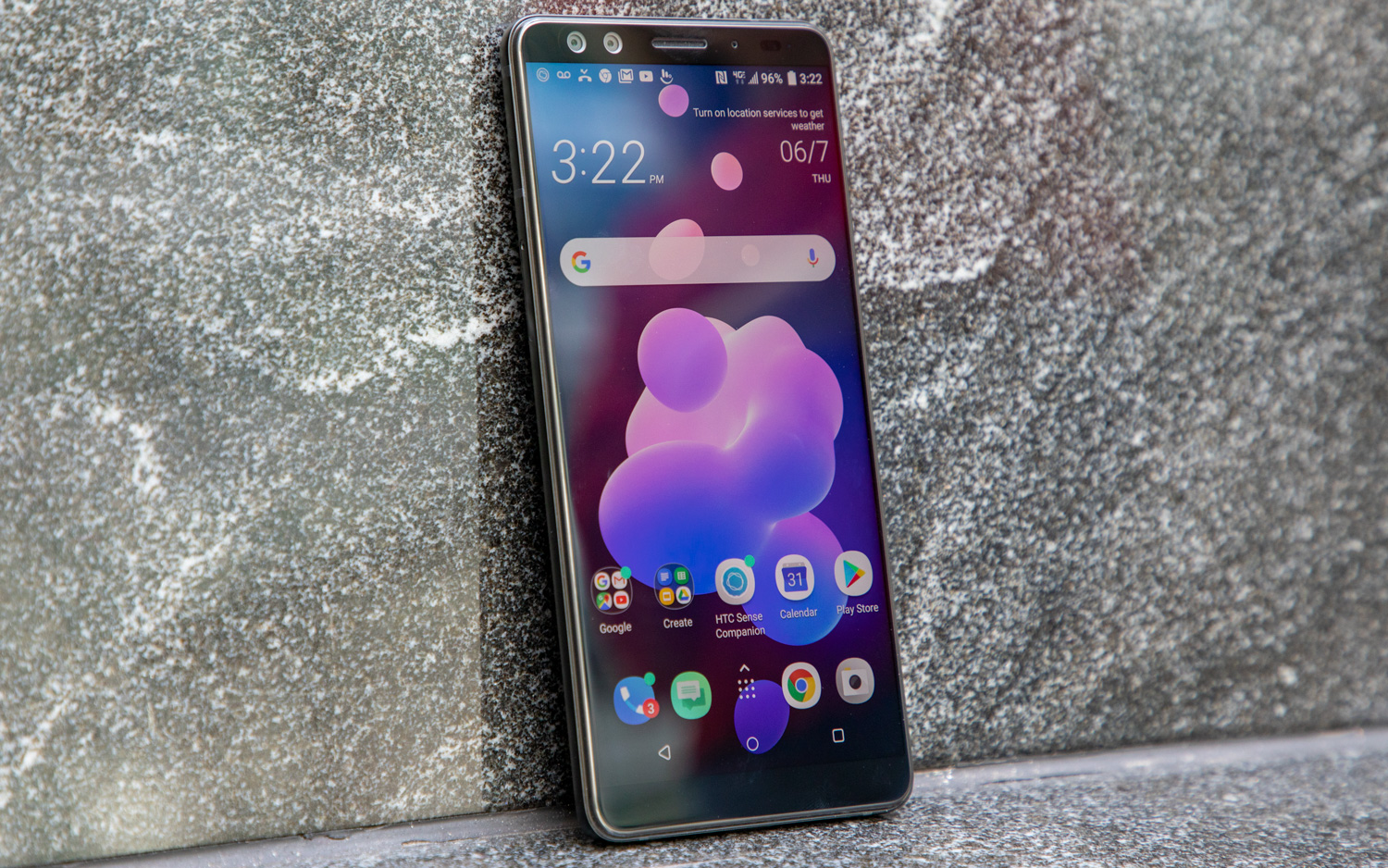
Taiwan's HTC was a major player in the early days of Android, so much so in fact that its HTC Dream/G1 handset was literally the first phone to ever use the now ubiquitous operating system. But despite dominating the early 2010s with the HTC One and Desire series, and later helping Google out with the original Google Pixel and Google Pixel 2, it wasn't able to keep up with the all-conquering Apple and Samsung, or multiple newer competitors from China.
There are still HTC phones still being made; they just aren't very widely sold. So with the brand still active but effectively dormant, perhaps it's time to peel some engineers away from its Vive virtual reality headset and take another crack at redefining the smartphone market. As long as it doesn't try to make another Cryptophone. — Richard Priday
Nexus
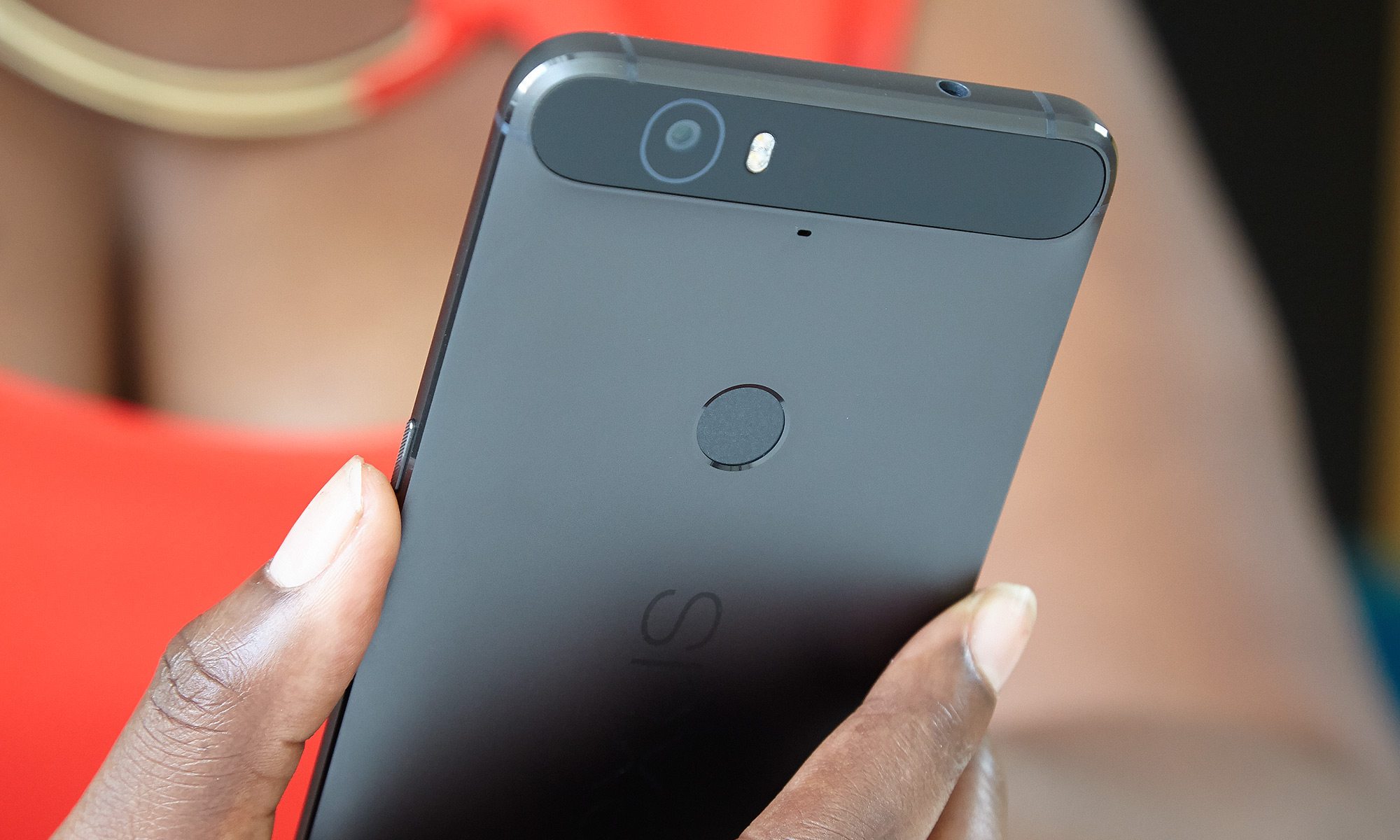
Unlike the other brands on this list, Nexus was a series of smartphones developed as part of a collaboration between Google and various hardware partners. While the search giant provided the latest version of stock Android, the phones themselves were manufactured by HTC, Samsung, LG, Motorola and even Huawei. However, what really set the Nexus line apart was its price.
At a time when flagship phones were inching towards the $1000 mark, you could pick up a Nexus device for around $300 and they also came carrier unlocked. During the heyday of the Nexus line (2010-15), Android fragmentation was a bigger problem but with Google leading the charge (like it does now with Pixel phones), you knew you would always have the latest Android version without the bloatware pre-installed by device makers and mobile carriers.
While the flagship experience of the Pixel 7 Pro is great, I’d love for Google to revitalize Nexus so we can see what other hardware makers can do with mid-range phones running a stock Android experience. — Anthony Spadafora
Motorola
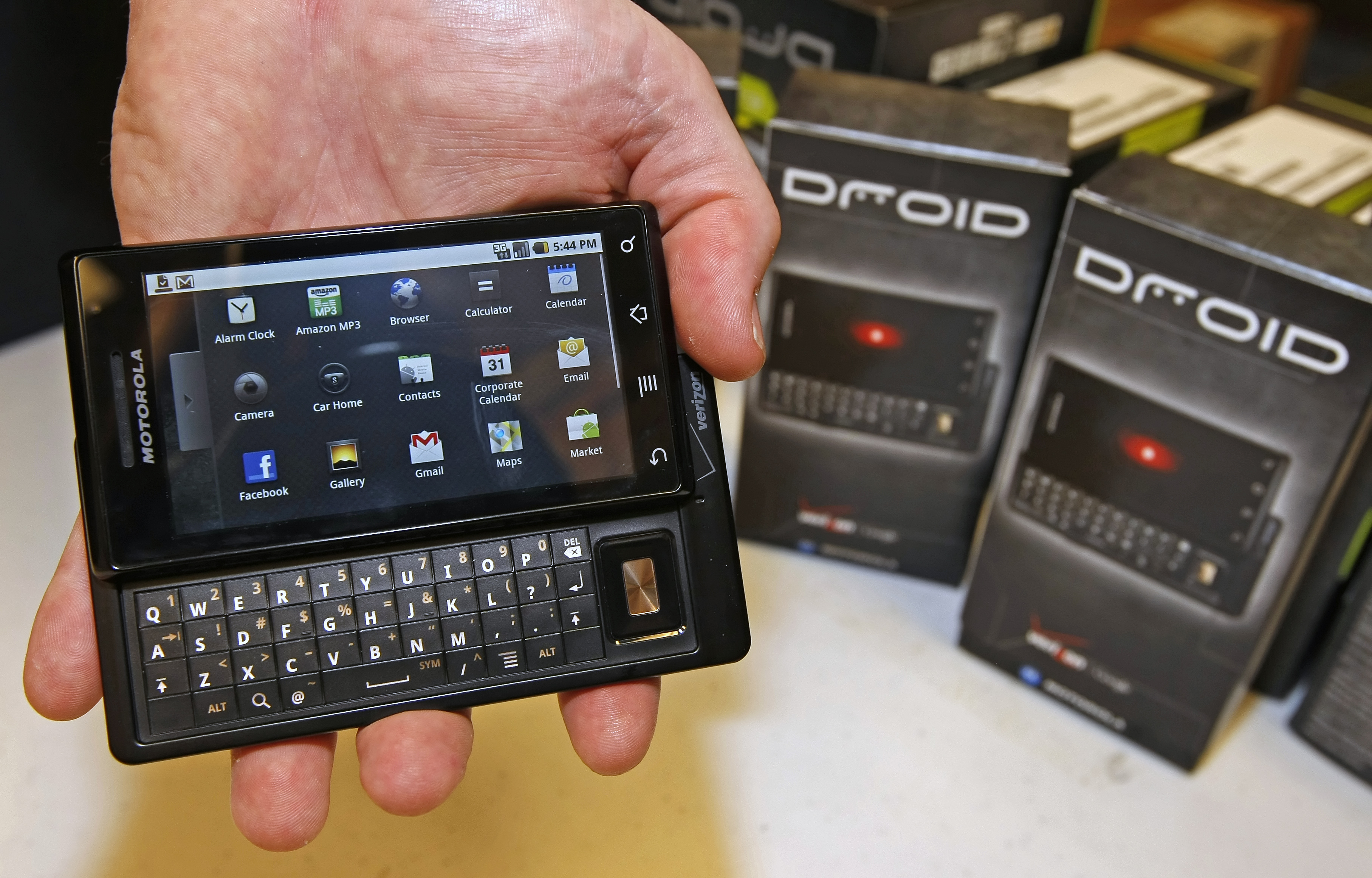
Sure, Motorola is still around and shipping smartphones, but they don’t make ‘em like they used to. I carry an iPhone these days, but at the dawn of the smartphone era, I was an Android man, and it was the Motorola Droid that won me over. Maybe it seems quaint now, but when Motorola launched the Droid in 2009 it felt like a piece of the future was here a little early.
All the power of a (then) modern smartphone, with the convenience of a keyboard and the accessibility of Android, made the Droid feel like a supercomputer in your pocket. Over a decade later, I’ve given up on Motorola’s new designs and phones, but as I consider which color of iPhone to get next, a part of me still wishes I could just get an upgraded version of that original Droid. — Alex Wawro
Bonus: OnePlus
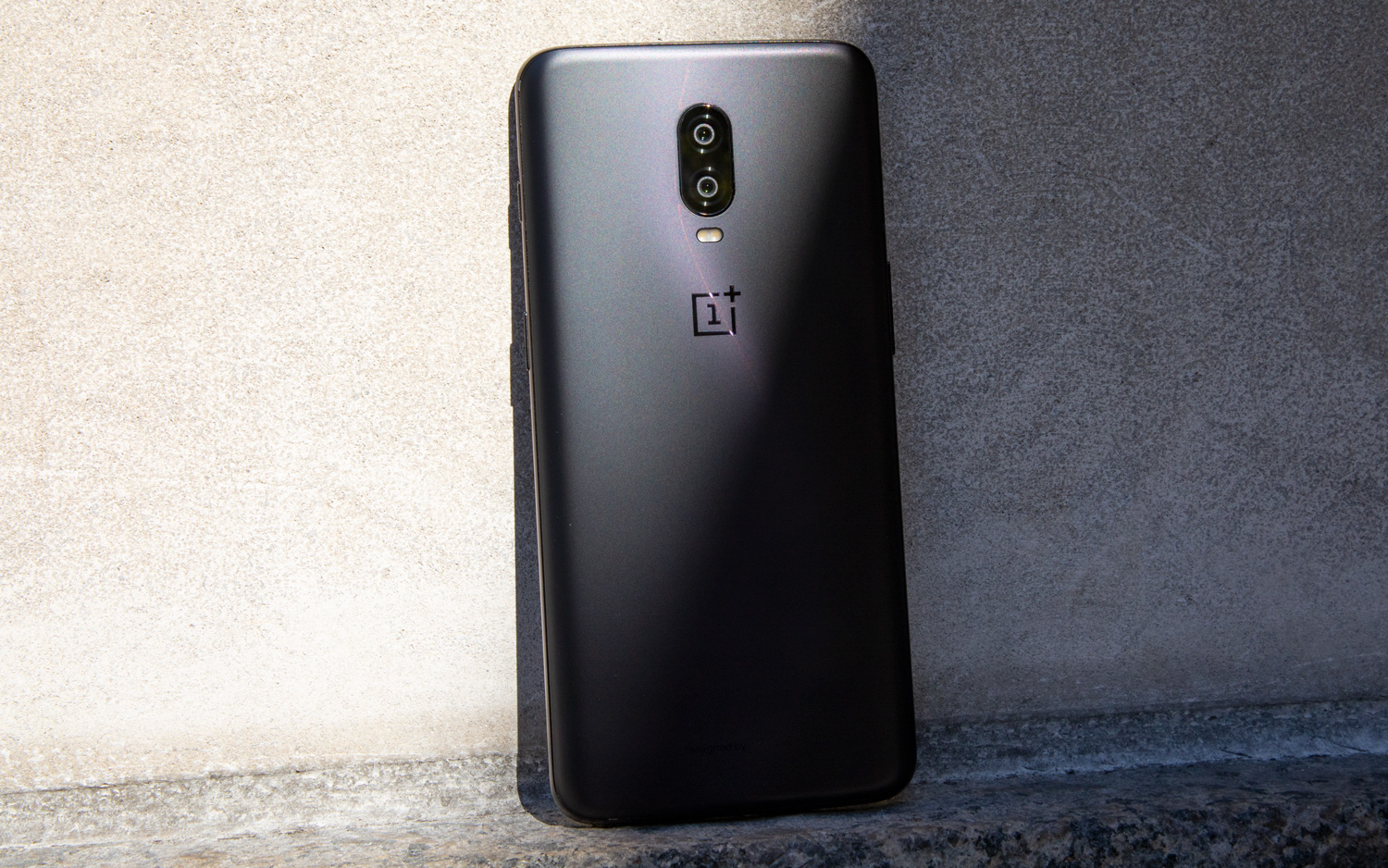
Like Motorola, OnePlus is still around and kicking, but it’s a far cry from the company that many of us loved when it came onto the scene in 2014. The OnePlus One “flagship killer” remains one of the most infamous handsets to ever launch, partially because of the OnePlus invite system. When I finally got my hands on one, I loved it. From the software to the Sandstone back, it was a good phone.
But as the years went by, OnePlus started to change. It had long denied any association with sister company Oppo, something that went right out the window. Starting with the OnePlus 7 and OnePlus 7 Pro, the company made a radical shift from its old strategy of releasing few (two per year), but good, devices for great values.
OnePlus isn’t the same and I miss the old days. From a terrible OxygenOS UX to a confusing portfolio, OnePlus has lost its old magic. And I'd like to see it come back. — Jordan Palmer
Want to bag your next OnePlus phone at a cheaper price? Be sure to check out our OnePlus voucher codes for the latest deals.
Tom's Guide upgrades your life by helping you decide what products to buy, finding the best deals and showing you how to get the most out of them and solving problems as they arise. Tom's Guide is here to help you accomplish your goals, find great products without the hassle, get the best deals, discover things others don’t want you to know and save time when problems arise. Visit the About Tom's Guide page for more information and to find out how we test products.

